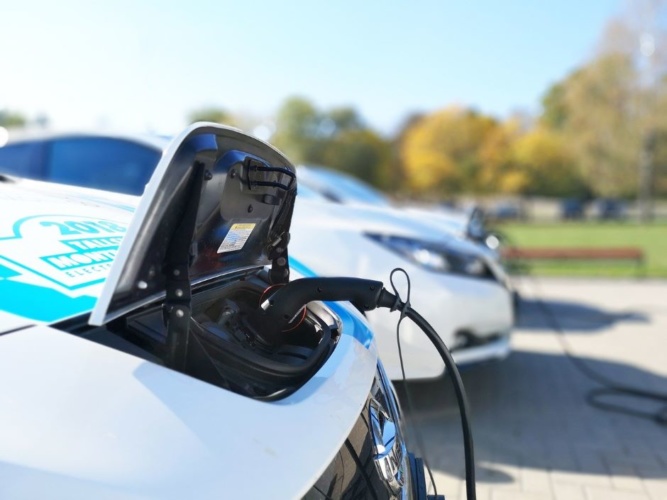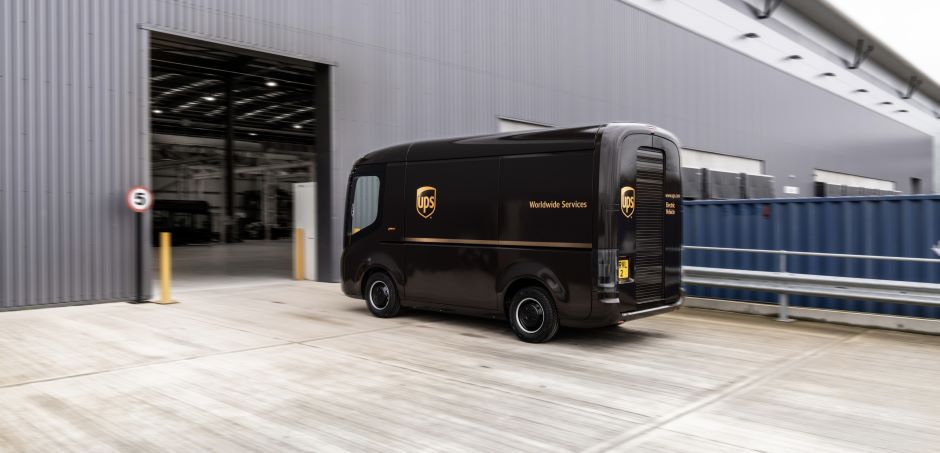Although the timeline is challenging, there is now a clear incentive to bring forward R&D spending to deliver improvements, both in terms of the charging infrastructure and the performance of BEVs. With new UK car registrations for November showing a 122.4 per cent per cent increase in the sale of BEVs year-on-year, according to the latest SMMT data, automotive manufacturers and their OEM suppliers cannot afford to risk losing out on a rapidly-increasing market opportunity.
Vehicle electrification: being clean and efficient for a truly sustainable future
Comment: sustainable mobility can put environmental damage into reverse gear
One of the main areas of focus for innovation to support mass market take up of BEVs is battery storage and architecture. A report published in September 2020 by the European Patent Office (EPO) and the International Energy Agency has confirmed that electric vehicle manufacturing has been the biggest driver for battery innovation since 2011, with more than 7,000 international patent family applications published in 2018, up from 1,028 in 2000. As we approach the theoretical limit of conventional lithium battery technologies, much of this innovation activity has concentrated on the development of new lithium-ion chemistries and architectures aimed at improving energy density, power output, durability, charge / discharge speed and recyclability.
Of the various new types of lithium chemistries under development, one of the most promising candidates is lithium-sulphur, which offers the prospect of higher energy density, lower weight and reduced raw material cost. Companies such as Sion Power have invested heavily in the development of lithium-sulphur technologies in order to bring these batteries to market across automotive and aerospace applications. While hurdles remain to widespread deployment, developments in lithium-sulphur and its supporting technologies could see these batteries on our roads within the next two to five years, bringing greater range, increased power and improved charging characteristics. EP3298643-A1 is just one example European patent application from Sion Power, which discloses the use of a glass ceramic membrane as a separator in a lithium-sulphur cell to boost capacity and cycle lifetime.

Three of the key hurdles affecting take up of BEVs are linked directly or indirectly to battery storage. Firstly, the lack of infrastructure, such as superchargers on garage forecourts and at service stations, is contributing to significant range anxiety. Secondly, the charge time required to power up BEVs could make journeys more challenging and inconvenient. Thirdly, there is a lack of cost parity between ICE vehicles and BEVs, which is largely due to the cost of batteries. In all areas, technical developments are helping to address these hurdles.
While recent improvements in the storage capacity of lithium-ion batteries have helped to address some of these problems, concern over projected levels of energy demand in the future is encouraging innovators to look for ways to optimise its delivery. For example, some have focused on the development of novel energy management solutions, to reduce demand on the electricity grid. Earlier this year in Milton Keynes, electric vehicle owners were invited to trial a package of innovative energy management and charging technologies, to balance the peaks in electricity use that typically occur when charging BEVs at home. The trial is one of four taking place in Milton Keynes as part of the city’s Go Ultra Low programme, which runs until December 2021. If these projects prove successful, every home with a BEV could effectively become a new energy source, supplying surplus electricity to the grid and helping to manage demand.

Unencumbered by the production of traditional ICE vehicles, some EV-only manufacturers are leading the charge when it comes to innovation and are attracting significant investment. US automaker and tech company, Rivian, founded in 2009, has developed a platform with a quad-motor system, which could become a standard architecture for electric car production in the future. As shown in US 2019375287A1, each wheel is driven by an in-board motor which provides precise torque control without adding to the unsprung weight. The company has secured $6bn in funding to date, including a $700m investment from Amazon, along with a contract to provide 100,000 electric vans.
Despite being later on the scene, UK-based EV start-up Arrival, founded in January 2015, has filed no fewer than 43 European patent applications. Among them is EP3672861A2, which illustrates an innovative modular chassis. This low-profile chassis is designed for microfactories to allow rapid deployment in response to local demand. The company has attracted significant investment including a $110m investment from Hyundai and Kia, which have joint plans to launch 44 electrified models by 2025, and a $400m investment from UPS. In November, the company also announced plans to list on NASDAQ at a valuation of $5.4bn.
From an intellectual property perspective, the BEV marketplace is maturing rapidly, as manufacturers seek to accelerate the transition to the all-electric future. Despite this, there is still plenty of scope for innovators to bring novel technologies to market, which could have considerable commercial potential. When preparing patent applications, innovators should ensure that all possible applications are defined clearly and consider bundling patents to increase their licensing potential.
With just a decade to go until the ban on the sale of new ICE vehicles takes effect in the UK, manufacturers must press ahead with investment in innovation. By innovating or acquiring a stake in the most promising technologies, which are striving to overcome barriers to take up and increase commercial viability, they can emerge as a BEV market leader.
Diego Black, partner and patent attorney at European intellectual property firm, Withers & Rogers.










Water Sector Talent Exodus Could Cripple The Sector
Maybe if things are essential for the running of a country and we want to pay a fair price we should be running these utilities on a not for profit...